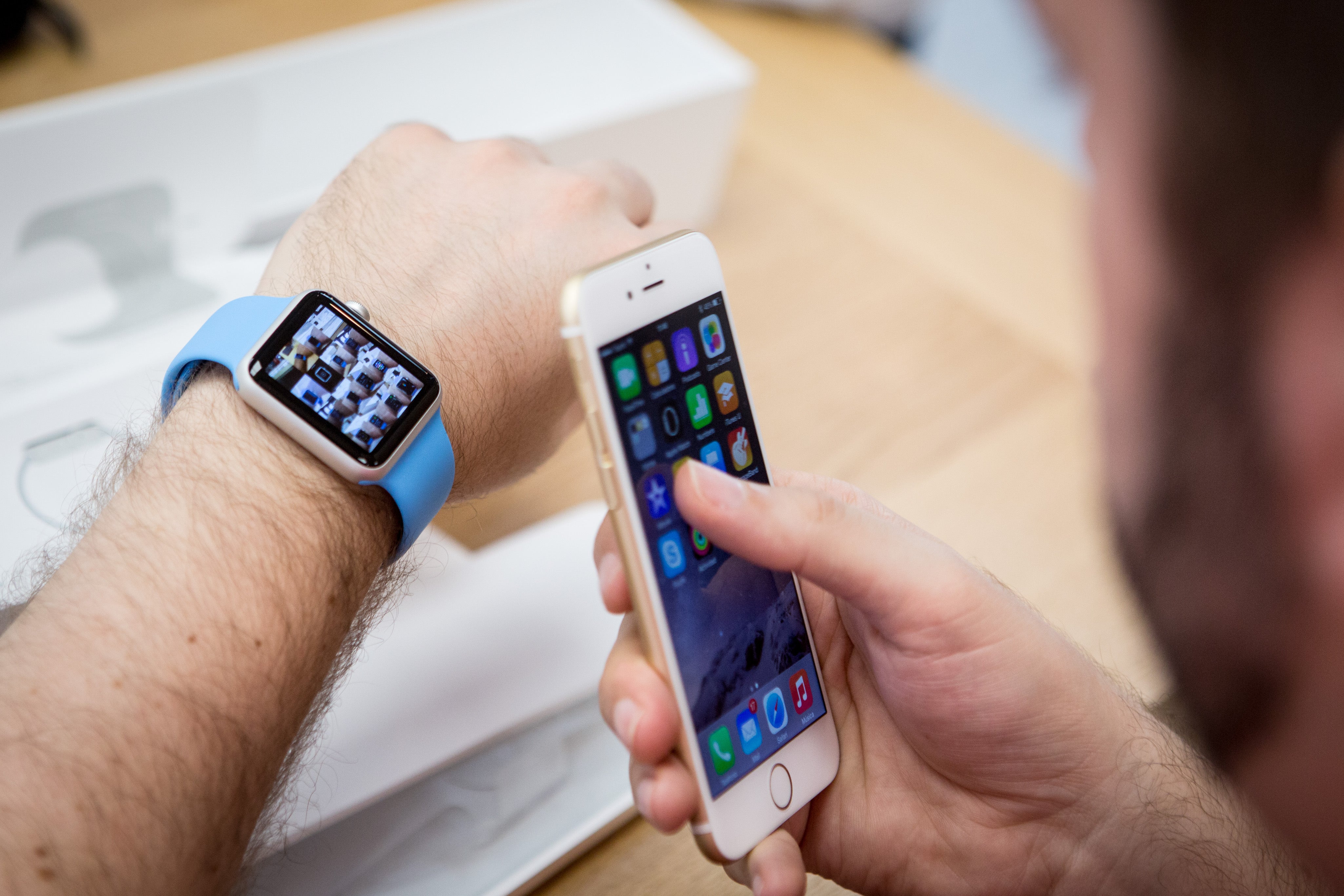Scientists can use ‘energy that already surrounds us’ to charge technology
The technology could be used to power batteries or LEDs constantly, the research suggests

Scientists have discovered a way to power wearable devices using radio waves sent from microwaves, Wi-Fi connections, and other machines.
The researchers, led by Huanyu "Larry" Cheng, a professor in the Penn State Department of Engineering Science and Mechanics, developed a stretchable wideband antenna system made up of two metal antennas integrated onto conductive graphene with a metal coating.
This wideband design – which refers to signals that use a wide range of frequencies – means that the system can still operate when the material is manipulated, such as being stretched or twisted.
The system can then connect to a stretchable rectifying circuit, creating a rectified antenna, or "rectenna," which can convert electromagnetic waves into electricity, which can be used to power batteries or super capacitors.
This is not the first time that such technology has been proposed; the idea was first envisioned by Nikola Tesla, eventually developed in the 1960s, and is now used to power RFID (Radio Frequency Identification) technology such as contactless payment or logistic tracking.
Read more:
- Scientists may have found a special black hole that could change our understanding of the universe
- Scientists make breakthrough in finding explanation for ‘spiders’ seen on Mars
- SpaceX scrubs Starship SN11 launch at last minute
- Next bitcoin crash will wipe 90% from price and cause ‘crypto winter’, expert warns
- Theory claims to finally reveal how the dinosaurs were killed
What those technologies have in common, however, is that they do not bend or move – something that can deteriorate the performance of the device. By making it more flexible, these devices could be better used in self-powered systems and build on existing research for smart-skin devices that could be used in medical environments or on buildings.
The researchers found that the rectenna could convert radio waves, which exist all around us, into power that could be used for temperature, hydration, and pulse oxygen levels.
There is a caveat – the energy produced is less than that by traditional charging – but the fact that it could be used to power the gauges continually is a significant advantage, the researchers claim.
"We are utilising the energy that already surrounds us - radio waves are everywhere, all the time. If we don’t use this energy found in the ambient environment, it is simply wasted. We can harvest this energy and rectify it into power," Professor Cheng said.
"Our next steps will be exploring miniaturised versions of these circuits and working on developing the stretchability of the rectifier. This is a platform where we can easily combine and apply this technology with other modules that we have created in the past. It is easily extended or adapted for other applications, and we plan to explore those opportunities."
The researchers recently published their method in Materials Today Physics.
Subscribe to Independent Premium to bookmark this article
Want to bookmark your favourite articles and stories to read or reference later? Start your Independent Premium subscription today.

Join our commenting forum
Join thought-provoking conversations, follow other Independent readers and see their replies